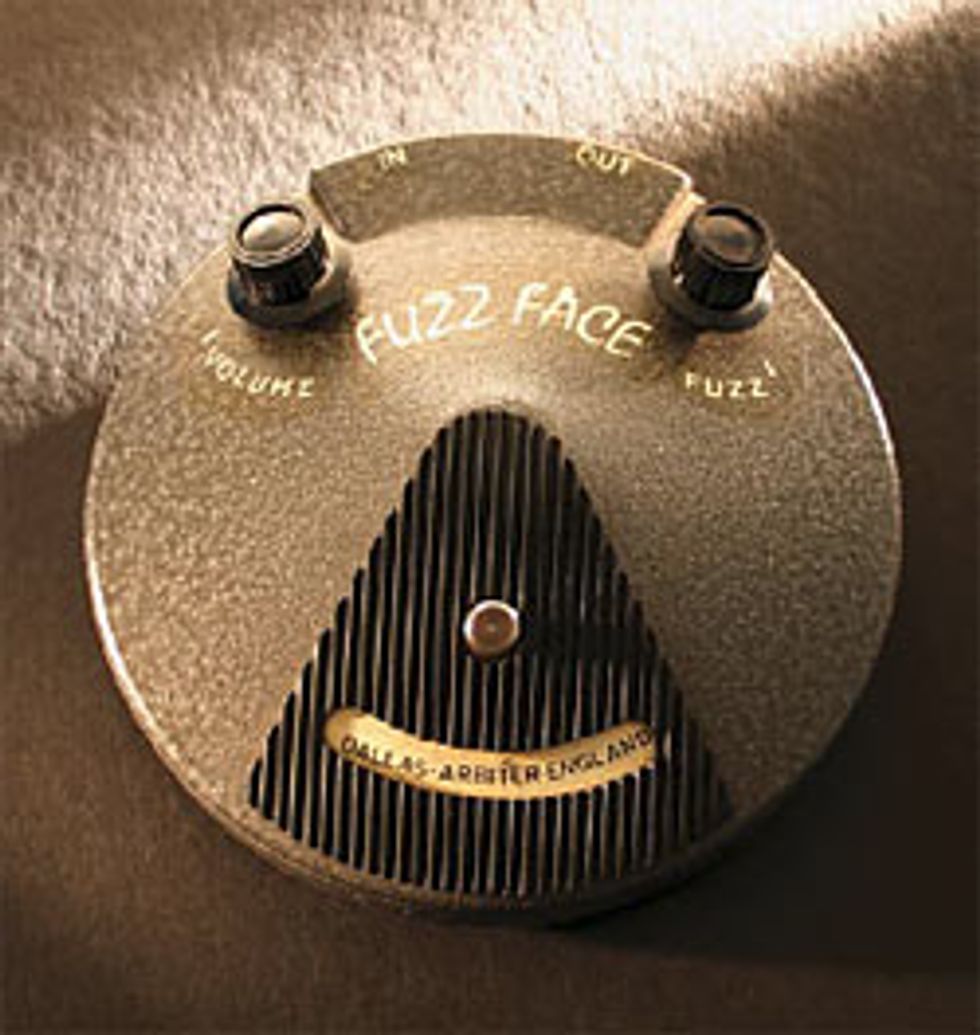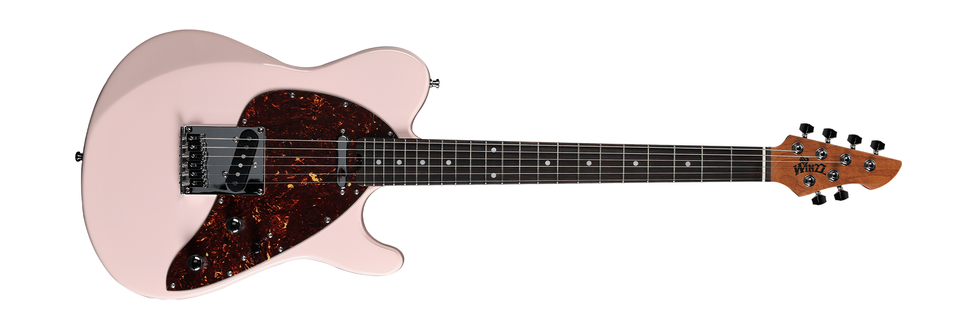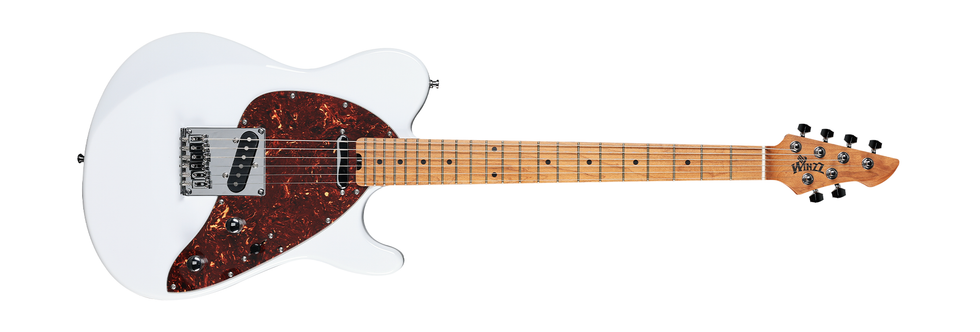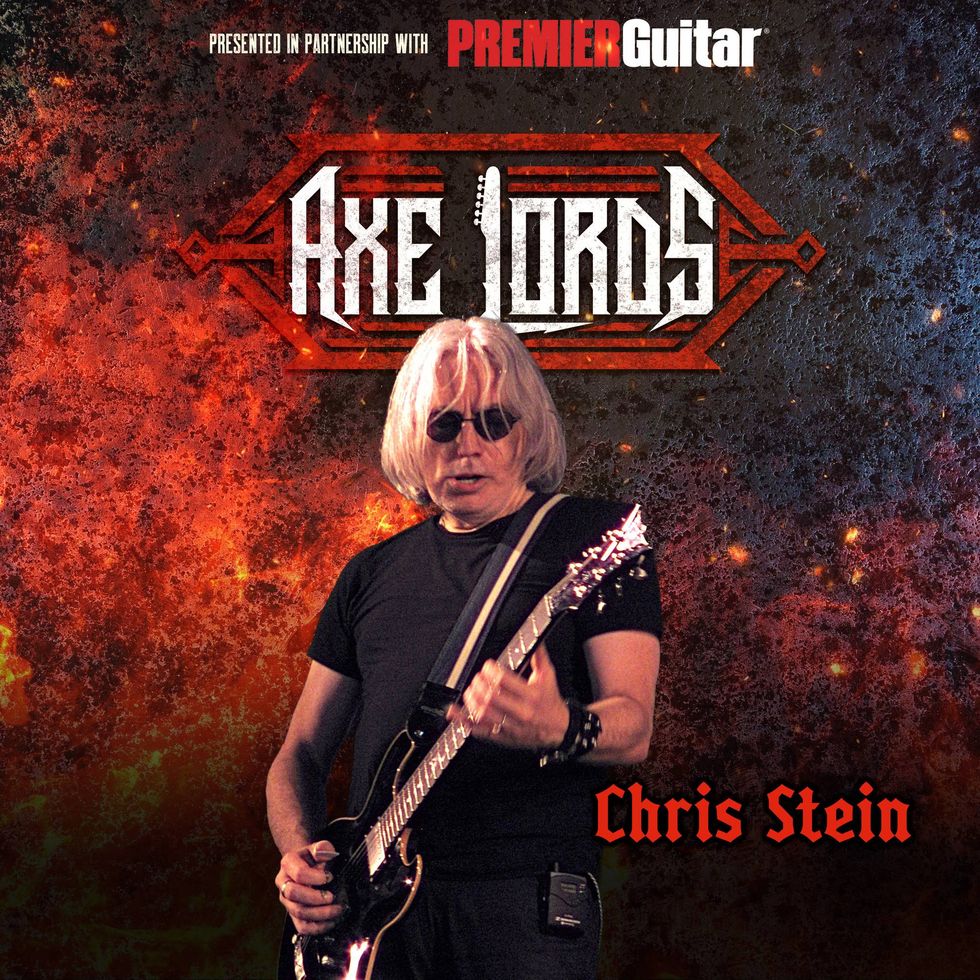 Greetings, students of stomp. The next few installments of “Stomp School” will be dedicated to discussing the most iconic and influential pedals of all time. In most cases these legendary designs were among the first of their kind, and original examples have become rare, pricey and collectible. Perhaps most significantly, each example has inspired a seemingly endless array of remakes that are more widely available than ever before.
Greetings, students of stomp. The next few installments of “Stomp School” will be dedicated to discussing the most iconic and influential pedals of all time. In most cases these legendary designs were among the first of their kind, and original examples have become rare, pricey and collectible. Perhaps most significantly, each example has inspired a seemingly endless array of remakes that are more widely available than ever before. Our first installment begins with what is arguably the most influential and recognized fuzz box of all time – the Fuzz Face. The Arbiter Fuzz Face – later “Dallas- Arbiter” – made its first appearance in late 1966 and almost immediately the unofficial endorsement of Jimi Hendrix brought the guitar world’s attention to this happiest-looking of all fuzz boxes. Since that time, the Fuzz Face fan club has come to include the likes of David Gilmour, Eric Johnson, Stevie Ray Vaughan and a host of other axe slingers. More than nearly any other vintage effect, the Fuzz Face has propagated a volume of legend and lore, much of it based around its circuitry and design. Readers can check out more on the history of the Fuzz Face in Analog Man’s Guide To Vintage Effects.
Since its debut, the Fuzz Face, in its unique circular die-cast housing, has been available for at least part of every decade. Production of the original Fuzz Face continued into the mid-seventies, Crest Audio made a version of the Fuzz Face in the mid-to-late eighties, and finally, Dunlop Manufacturing bought the rights to the Fuzz Face name in the early nineties and has made various reissues since then.
With its two transistors, three capacitors and a handful of resistors, the Fuzz Face is the simplest of circuits, but just the right combination of these components can create a tone that for some guitarists is simply sublime. At the same time, with so few components, the quality and selection of each part has to be just right or the resulting sound could range from lackluster to downright dismal. This helps explain why original vintage Fuzz Faces had a reputation for being so inconsistent. The fact is many of the early pedals sounded just plain bad. A legend has grown up around stories of musicians, starting with Hendrix himself, auditioning cases of Fuzz Faces to find a couple of really good ones.
A true vintage Fuzz Face is one of those pedals where originality is everything to the collector. Whereas most vintage effects will not lose significant value if minor, non-cosmetic modifications are made for the sake of function, it’s best not to even think of altering a vintage Fuzz Face, no matter how bad it may sound. Analog Mike tells us what to look for in an original:
“The early Fuzz Faces generally used a pair of metal can NKT275 germanium transistors, and usually had a flattened yellow output film capacitor and blue electrolytic capacitors for input and power filter. The pots are small, often unmarked, with plastic shafts which can break off. The jacks should be black plastic with seahorses on them, and Bulgin switches are normally used. The center screws are 6- 40 screws of 1.75” length and are ridiculously hard to find.
“By 1969, the pedals started to use silicon transistors – plastic BC183Ls, then metal can BC108Cs. The cases on these might have some stamped numbers on the inside, like HJM 3316. This is a thinner casting than the early germanium “Arbiter- England” pedal from the 1967 era, which has no casting numbers.”
An interesting phenomenon in the world of boutique effects is the absolute over-saturation of Fuzz Face clones. It seems that every boutique pedal maker, large and small, is offering their own version of this vintage classic. Is the demand for this particular fuzz really that great? Perhaps it is, but another point to remember is that because of its simplicity of design and small number of components required, the Fuzz Face circuit is one of the easiest pedals to build. It makes for a great starting place for aspiring DIY hobbyists, but it also provides a great way for inexperienced solder jockeys and kitchen table boutiquers to try to launch their brand. Fuzz Face schematics and layouts are freely available on the Web, with no need to understand even the rudiments of electronics. All one needs to get into the business is a catchy name and a website, and – viola! – you’re the next up-and-coming boutique superstar. One telltale sign of this kind of operation is when the selection of products is limited to Fuzz Face, Rangemaster, and perhaps Tube Screamer clones.
Well, that’s enough fuzz for one day. Check back with us next month for “Stompbox Classics: The Univibe.” Until then, keep on stompin’!
Tom Hughes
(a.k.a. Analog Tom) is the owner and proprietor of For Musicians Only (formusiciansonly.com) and author of Analog Man’s Guide To Vintage Effects. For Musicians Only is also the home of the FMO Gear Shop. Questions or comments about this article can be sent to: stompschool@formusiciansonly.com
Analog Man
(analogman.com) is one of the largest boutique effects manufacturers and retailers in the business, established by “Analog” Mike Piera in 1993. Mike can be reached at AnalogMike@aol.com













![Rig Rundown: Russian Circles’ Mike Sullivan [2025]](https://www.premierguitar.com/media-library/youtube.jpg?id=62303631&width=1245&height=700&quality=70&coordinates=0%2C0%2C0%2C0)








